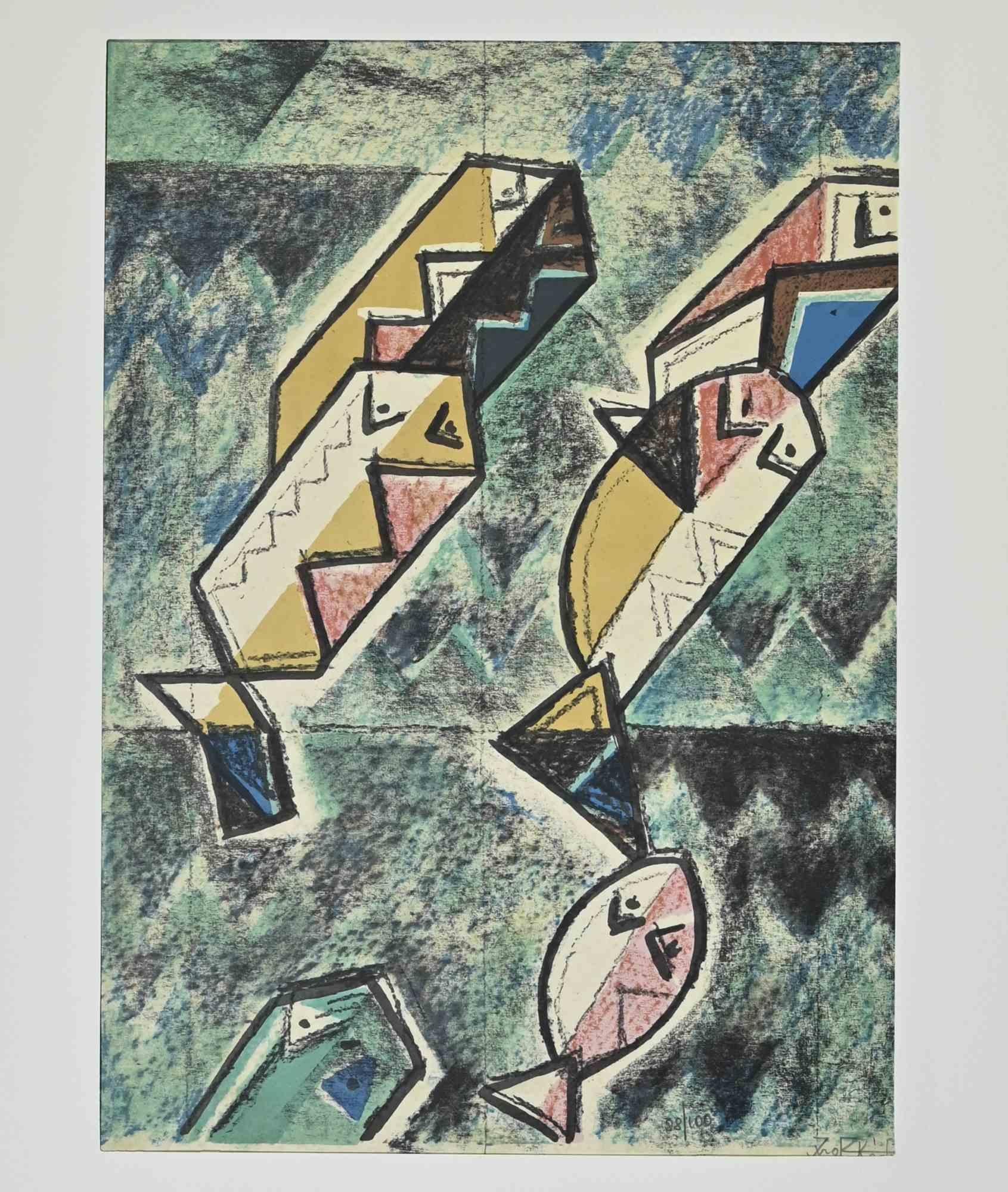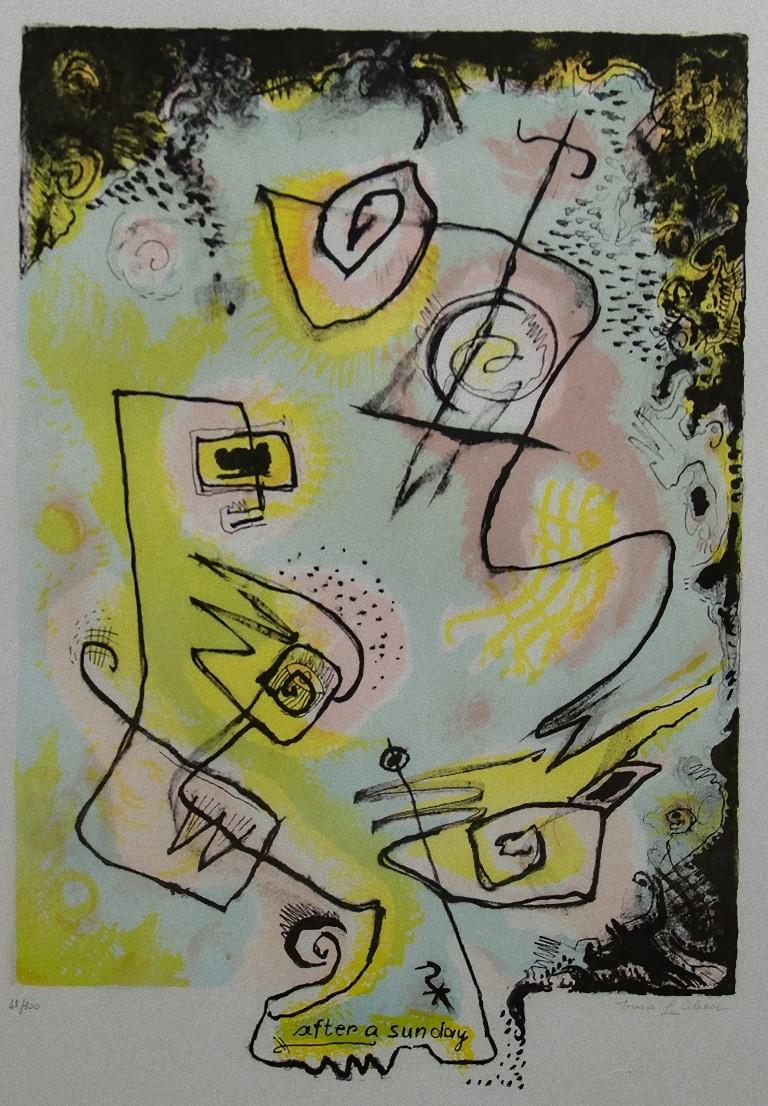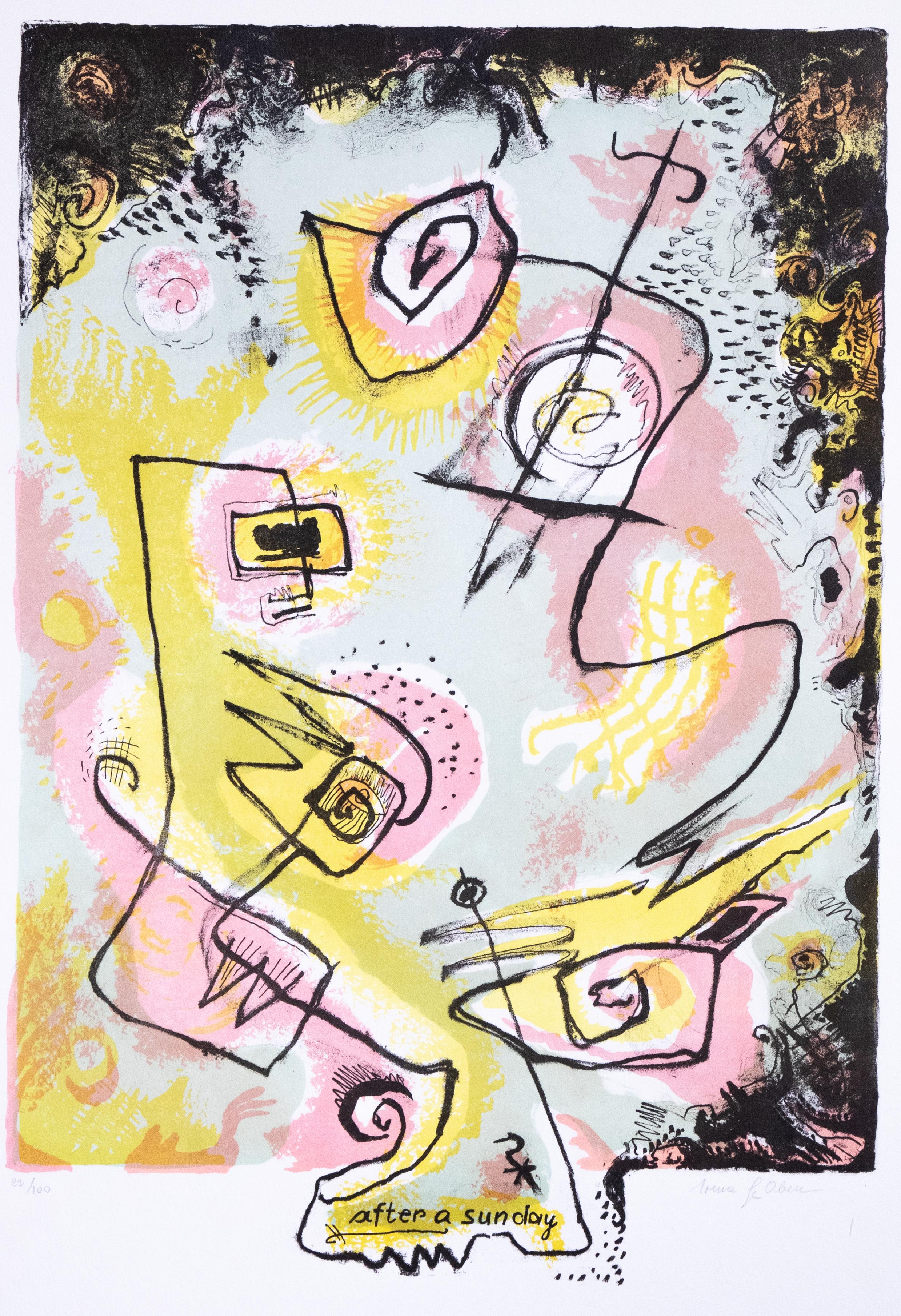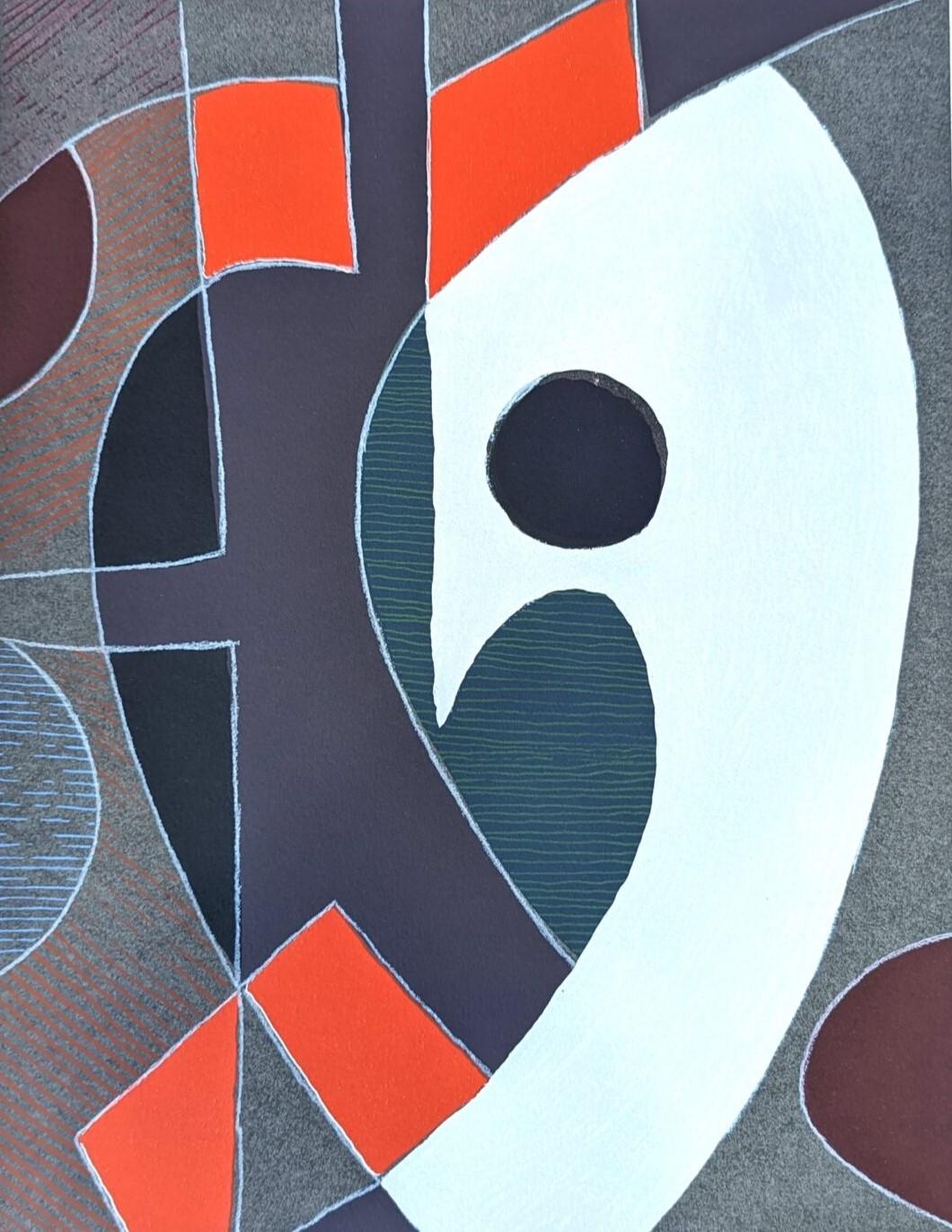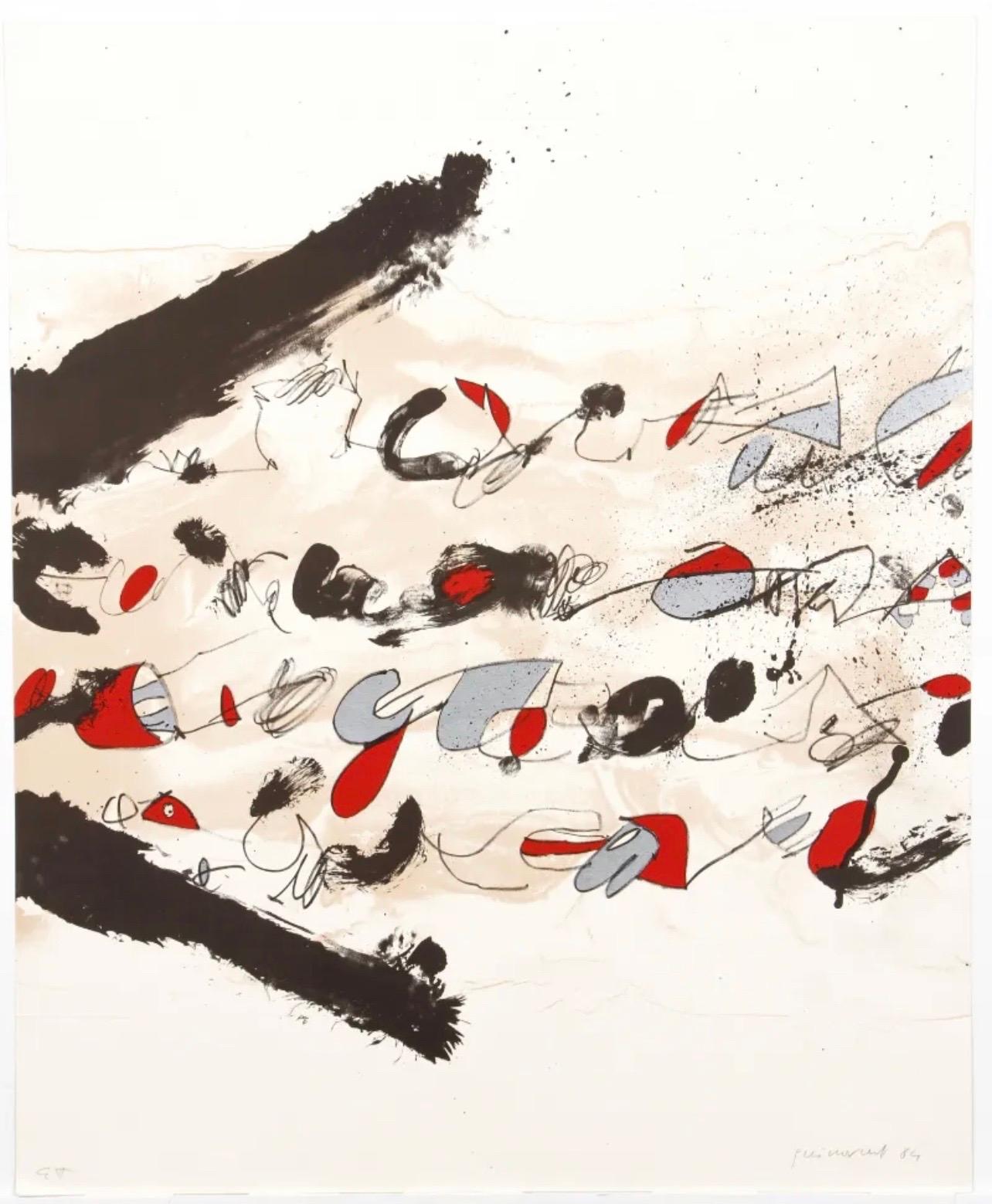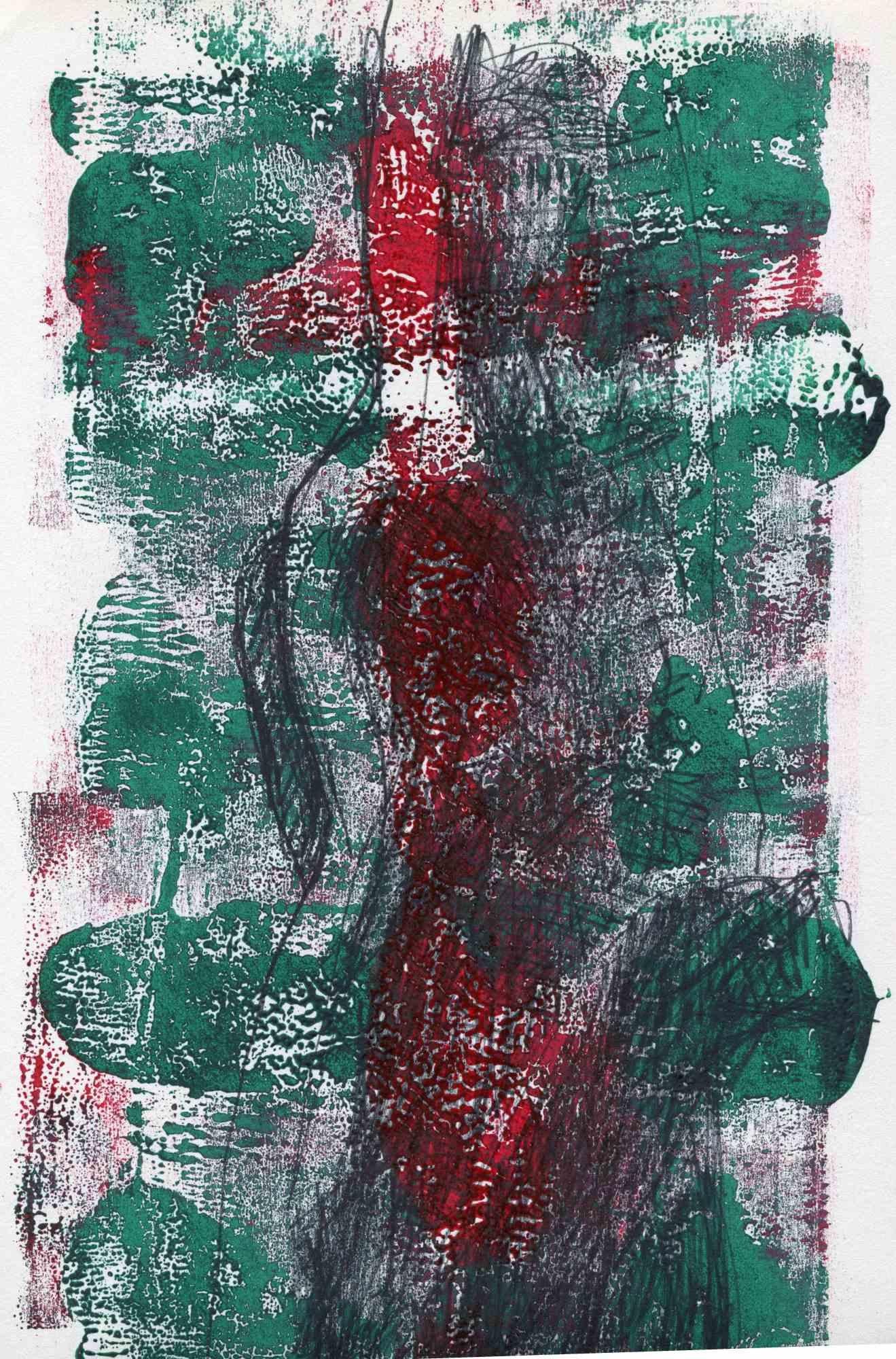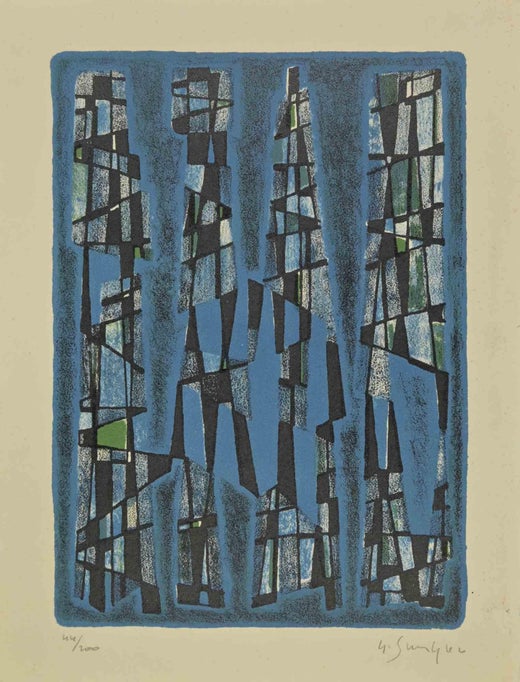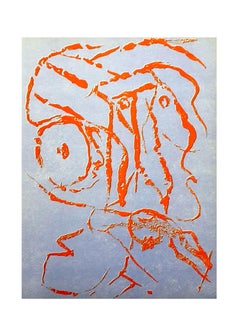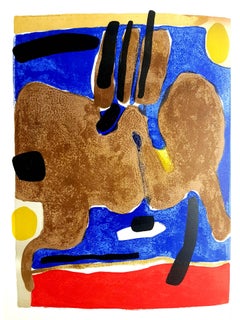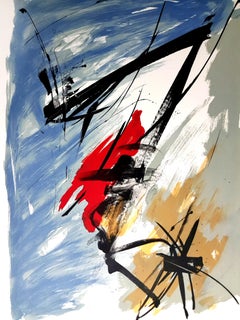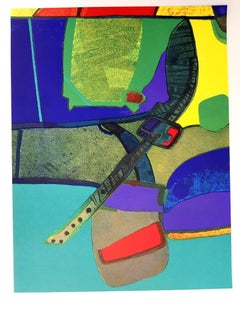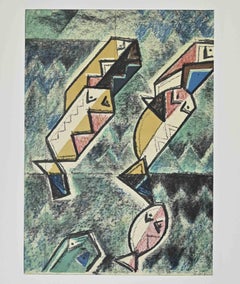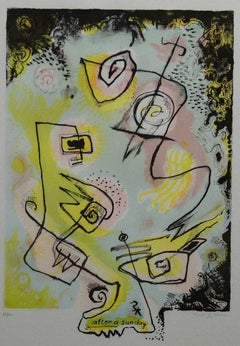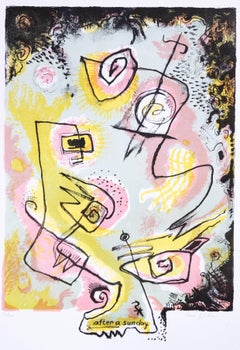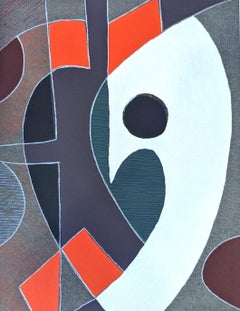Gustave SingierGustave Singier - Abstract Fish - Original Lithograph1955
1955
About the Item
- Creator:Gustave Singier (1909 - 1984, Belgian, French)
- Creation Year:1955
- Dimensions:Height: 12.6 in (32 cm)Width: 9.45 in (24 cm)Depth: 0.04 in (1 mm)
- Medium:
- Movement & Style:
- Period:
- Condition:
- Gallery Location:Collonge Bellerive, Geneve, CH
- Reference Number:1stDibs: LU16124454332
Gustave Singier
Gustave Singier was born in Comines-Warneton, Belgium, in 1909. He was active in France as a member of the new Paris School of Lyrical Abstraction and the Salon de Mai. After meeting the painter Charles Walch (1896–1948), who encouraged him and showed him the freedom of pictorial expression, he started participating in numerous Parisian Salons from 1936: the Salon des Independants, the Salon d’Automne, the Salon des Tuileries, etc. In 1945, he became one of the founding members of the Salon de Mai. Like other painters of his generation, Singier drew inspiration from Kandinsky, Klee and Mondrian. He also taught in Paris, at the Ranson Academy from 1951–54, then at the School of Fine Arts from 1967–78. Singier died in Paris in 1984.
- ShippingRetrieving quote...Shipping from: Collonge Bellerive, Geneve, Switzerland
- Return Policy
More From This Seller
View All1960s Abstract Abstract Prints
Lithograph
1960s Modern Abstract Prints
Lithograph
1970s Abstract Expressionist Abstract Prints
Aquatint
1960s Abstract Expressionist Abstract Prints
Lithograph
1970s Abstract Expressionist Abstract Prints
Aquatint
1960s Abstract Expressionist Abstract Prints
Etching
You May Also Like
1970s Contemporary Figurative Prints
Lithograph
1960s Abstract Abstract Prints
Lithograph
1960s Abstract Abstract Prints
Lithograph
20th Century Abstract Abstract Prints
Lithograph
1980s Abstract Abstract Prints
Lithograph
Mid-20th Century Abstract Abstract Prints
Lithograph
